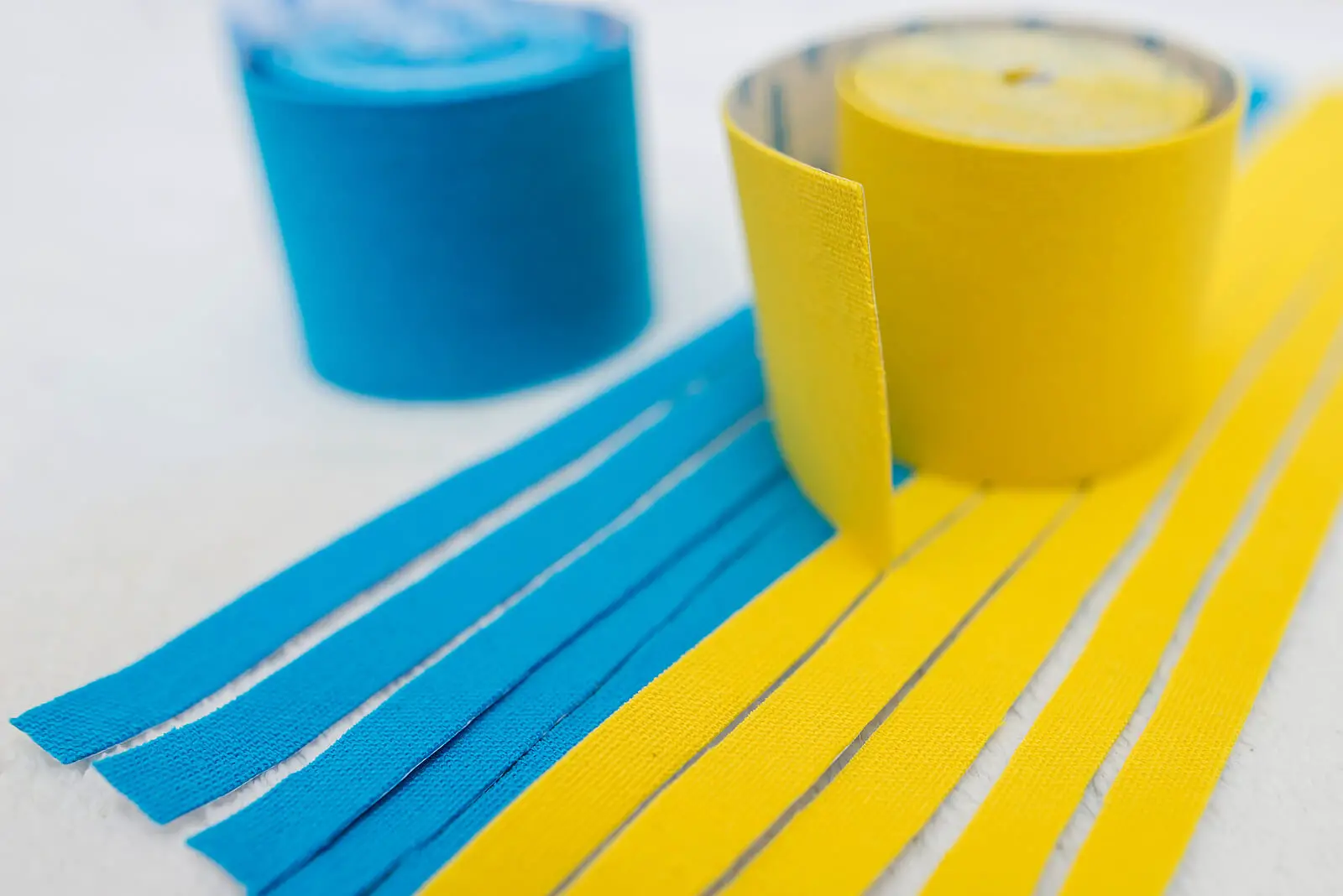Abdominal strains are common injuries that can occur due to sudden movements, overexertion, or trauma to the muscles in the abdominal area. As part of the recovery treatment, therapists often use elastic tape to provide support, reduce pain, and aid in the healing process.
Elastic tape, also known as kinesiology tape, is a flexible and stretchy adhesive tape that mimics the properties of the skin, allowing for a wide range of motion while providing therapeutic benefits. In this section, we will outline the application and benefits of using elastic tape for abdominal strain recovery.
Benefits of Kinesio Tape for Abdominal Strain Recovery
- Pain Relief: Elastic tape can help alleviate pain by providing gentle compression to the injured area. This compression reduces pressure on the strained muscles and improves blood circulation, which aids in reducing inflammation and discomfort.
- Support and Stability: By applying elastic tape over the abdominal muscles, the therapist can provide external support and stability to the injured area. This support is especially important during the initial stages of recovery when the affected muscles may be weakened and require additional assistance to prevent further strain.
- Facilitates Lymphatic Drainage: The unique wave-like pattern of elastic tape creates a lifting effect on the skin, which promotes lymphatic drainage. Improved lymphatic flow assists in the removal of waste products and reduces swelling around the strained area.
- Enhanced Proprioception: Elastic tape also plays a role in enhancing proprioception, the body’s ability to sense its position and movement in space. The added sensory input from the tape can help improve muscle coordination and control during movements, reducing the risk of re-injury.
Application of Elastic Tape
Before applying elastic tape, ensure that the skin is clean, dry, and free of any lotions or oils. Trim any body hair in the area to improve tape adhesion and reduce discomfort during removal.
Step 1: Measure and Cut the Tape
Using a pair of scissors, measure the required length of elastic tape from just above the hip on one side of the abdomen to the corresponding point on the other side. Round the edges of the tape to prevent premature peeling.
Step 2: Positioning and Anchoring
Ask the patient to relax their abdominal muscles and assume a comfortable position, preferably lying down. Peel the backing of the elastic tape’s anchor end and apply it with no stretch just above the hip on one side. Then, gently stretch the tape to about 50-75% of its maximum capacity and secure it across the strained area, following the natural curvature of the abdomen.
Step 3: Overlapping Strips
To enhance support and distribute tension evenly, apply additional strips of elastic tape overlapping the previous ones by about 50%. Remember to stretch the tape slightly while applying, but avoid excessive tension that could cause discomfort or impede circulation.
Step 4: Finishing
Finally, anchor the other end of the elastic tape without any stretch, just above the hip on the opposite side of the abdomen.
Conclusion:
Incorporating elastic tape as part of the recovery treatment for abdominal strains can significantly improve the healing process and provide relief to patients. The tape’s unique properties offer pain relief, support, and enhanced proprioception, enabling patients to recover faster and return to their daily activities with confidence.
However, it is essential for therapists to regularly assess the patient’s progress, adjust the tape application as needed, and complement the treatment with other appropriate modalities to ensure a successful recovery.






Leave a Reply